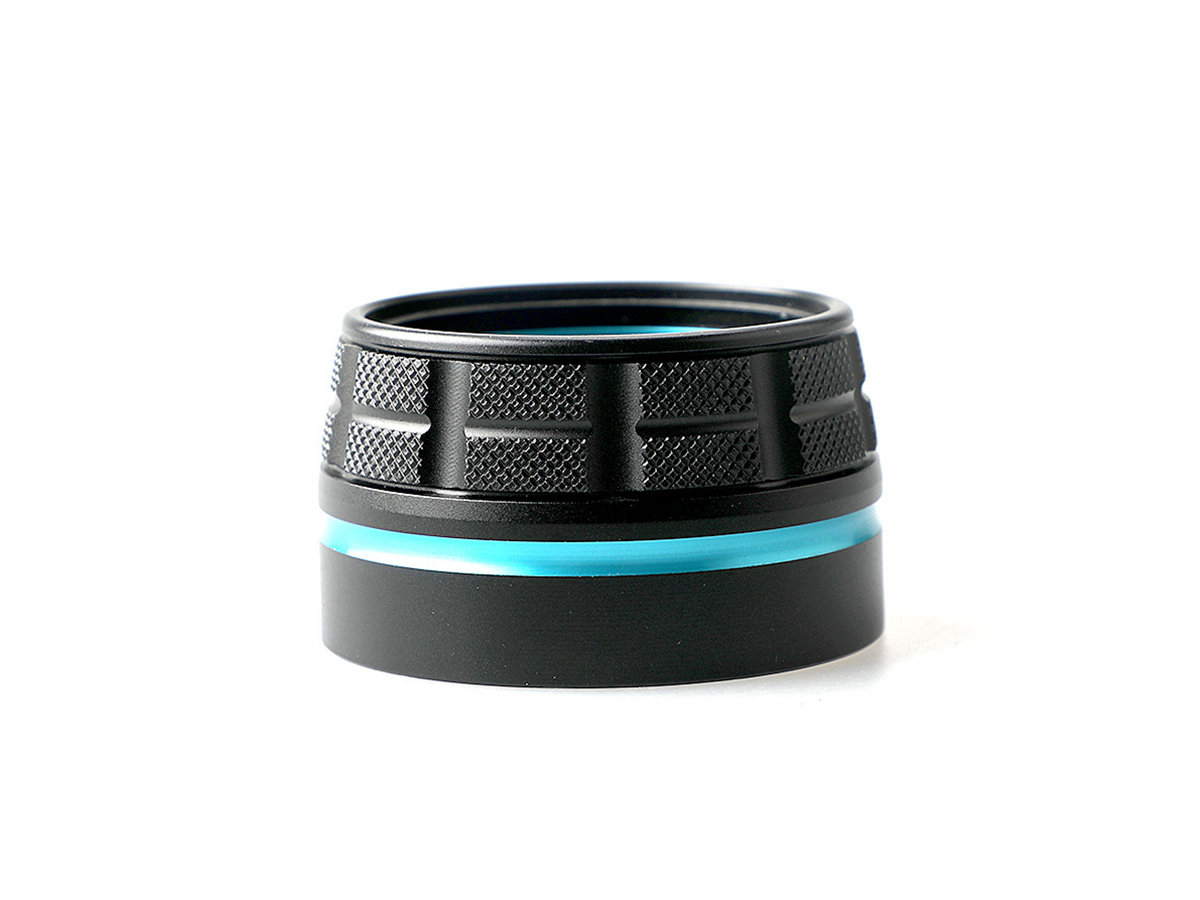Case Study: How Aluminum Precision Machining Revolutionized Medical Device Manufacturing
Introduction
The medical device industry consistently demands materials that combine lightweight characteristics, biocompatibility, and precision. Aluminum alloys, especially medical-grade 6061-T6 and 7075-T6, offer significant advantages such as excellent strength-to-weight ratios, ease of sterilization, and superior machinability, making them ideal for surgical instruments, diagnostic equipment housings, and lightweight structural components.
Advanced precision CNC machining has transformed the manufacturing of aluminum medical device components. Through precise tolerances, intricate geometries, and exceptional surface finishes, precision CNC machining enhances product reliability, efficiency, and patient safety, driving innovation within medical technology.
Medical-Grade Aluminum Materials
Material Performance Comparison
Material | Tensile Strength (MPa) | Yield Strength (MPa) | Biocompatibility | Typical Applications | Advantage |
|---|---|---|---|---|---|
310 | 276 | Excellent (ISO 10993 compliant) | Diagnostic device housings, surgical tool handles | Good machinability, lightweight strength | |
570 | 505 | Excellent (ISO 10993 compliant) | High-stress surgical tools, implants | High strength, superior fatigue resistance | |
470 | 325 | Good (ISO 10993 compliant with coatings) | Structural supports, medical frames | Excellent fatigue resistance, lightweight | |
310-340 | 260-290 | Excellent (ISO 10993 compliant) | Instrument cases, lightweight fittings | Good weldability, corrosion resistance |
Material Selection Strategy
Selecting the right aluminum alloy for medical devices involves precise evaluation based on mechanical performance and biocompatibility:
Diagnostic equipment housings and general surgical tool handles need moderate strength (~310 MPa tensile strength) and good machinability. Use Aluminum 6061-T6 for its reliable biocompatibility and ease of sterilization.
Critical surgical instruments and high-load implants requiring exceptional tensile strength (570 MPa), fatigue resistance, and reliable biocompatibility opt for Aluminum 7075-T6.
Structural medical supports and lightweight frames demanding strong fatigue resistance (470 MPa tensile strength) choose Aluminum 2024, benefiting from enhanced durability under repeated stress.
Instrument cases and fittings exposed to frequent sterilization processes requiring corrosion resistance and good weldability prefer Aluminum 6082 for its robustness and manufacturing flexibility.
CNC Machining Processes
Process Performance Comparison
Precision CNC Machining Technology | Dimensional Accuracy (mm) | Surface Roughness (Ra μm) | Typical Applications | Key Advantages |
|---|---|---|---|---|
±0.02 | 1.6-3.2 | Basic device housings, simple handles | Cost-effective, reliable accuracy | |
±0.015 | 0.8-1.6 | Curved tool components, structural parts | Improved precision, fewer setups | |
±0.005 | 0.4-0.8 | Complex implants, precision surgical tools | High accuracy, superior surface finish | |
±0.003-0.01 | 0.2-0.6 | Micro-components, detailed instruments | Maximum precision, intricate geometries |
Process Selection Strategy
Choosing the CNC machining process depends heavily on complexity, accuracy, and medical device functionality:
Simple medical components and housings requiring basic tolerances (±0.02 mm) efficiently utilize 3 Axis CNC Milling for cost-effective and accurate production.
Components involving curved geometries, moderately complex designs, and precision tolerances (±0.015 mm) gain efficiency through 4 Axis CNC Milling, reducing setups and improving dimensional control.
High-precision implants, sophisticated surgical instruments, and detailed diagnostic equipment requiring high accuracy (±0.005 mm) and surface finish (Ra ≤0.8 μm) employ 5 Axis CNC Milling to ensure superior performance.
Micro-medical components and highly intricate instruments needing extremely tight tolerances (±0.003 mm) and complex details leverage Precision Multi-Axis CNC Machining for ultimate accuracy and consistency.
Surface Treatment
Surface Treatment Performance
Treatment Method | Corrosion Resistance | Wear Resistance | Biocompatibility | Typical Applications | Key Features |
|---|---|---|---|---|---|
Excellent (≥800 hours ASTM B117) | Moderate-High | Excellent (ISO 10993 compliant) | Surgical tools, implants | Enhanced corrosion protection, biocompatible | |
Excellent (≥700 hours ASTM B117) | Moderate | Excellent (ISO 10993 compliant) | Diagnostic instruments, precision tools | Ultra-smooth surface, improved sterilization compatibility | |
Outstanding (>1000 hours ASTM B117) | High (HV1500-2500) | Excellent (biocompatible coatings available) | Surgical instruments, wear-resistant devices | High durability, reduced friction | |
Excellent (≥800 hours ASTM B117) | Moderate-High | Excellent (ISO 10993 compliant) | Medical housings, instrument cases | Durable, sterilization-resistant finishes |
Surface Treatment Selection
Choosing surface treatments for medical aluminum components involves precise alignment with functional requirements and sterilization compatibility:
Surgical tools and implants needing corrosion resistance (≥800 hours ASTM B117), biocompatibility, and durability benefit significantly from Medical-Grade Anodizing.
Precision diagnostic tools and surgical components demanding ultra-smooth surfaces (Ra ≤0.4 μm), superior cleanliness, and corrosion protection use Electropolishing to enhance sterilization efficacy.
Surgical instruments subject to frequent wear requiring high hardness (HV1500-2500) and low friction properties benefit from PVD Coating, significantly extending device lifespan.
Device housings and components repeatedly undergoing sterilization processes choose specialized Sterilization-Compatible Coatings to maintain integrity and aesthetic appearance.
Quality Control
Quality Control Procedures
Detailed dimensional inspection using Coordinate Measuring Machines (CMM) and optical comparators.
Surface roughness testing via advanced profilometers.
Comprehensive mechanical property evaluations include tensile and yield strength (ASTM standards).
Biocompatibility testing conforming to ISO 10993 and corrosion resistance per ASTM B117.
Non-destructive testing (NDT), including ultrasonic inspections for internal defects.
Documentation adhering to ISO 13485 and FDA regulatory standards for medical devices.
Industry Applications
Aluminum Component Applications
Surgical tools: lightweight handles, clamps, precision instruments.
Diagnostic device components: imaging equipment housings, device frames.
Orthopedic implants and structural supports: lightweight braces, internal fixation systems.
Instrument cases, sterile trays, and medical equipment enclosures.
Related FAQs:
Why is aluminum a preferred material for medical devices?
How has precision CNC machining improved medical device manufacturing?
Which aluminum alloys are ideal for medical-grade applications?
What surface treatments enhance aluminum biocompatibility for medical devices?
What quality standards must aluminum medical components meet?

